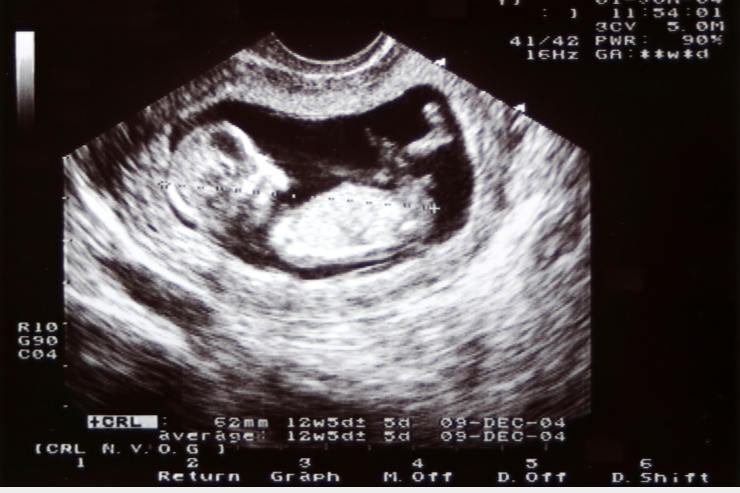2D and 3D Echo

2D Echocardiography, commonly known as 2D Echo, is a diagnostic imaging technique that uses ultrasound waves to create two-dimensional images of the heart. It provides real-time visuals of the heart’s chambers, valves, and blood flow, allowing for the assessment of heart function and structure.
How Does 2D Echo Work?
During a 2D Echo, a transducer (ultrasound probe) is placed on the chest, and it emits high-frequency sound waves. These waves bounce off the heart structures and are captured by the transducer, which then converts them into two-dimensional images displayed on a monitor. This imaging helps in evaluating the heart’s size, shape, and function.
Benefits of 2D Echo
- Non-Invasive: The procedure is non-invasive and does not involve radiation.
- Real-Time Imaging: Provides live images of the heart’s function and structure.
- Diagnostic Accuracy: Helps diagnose heart conditions such as valve problems, heart failure, and congenital heart defects.
What is 3D Echo?
3D Echocardiography, or 3D Echo, is an advanced form of echocardiography that provides three-dimensional images of the heart. This technique allows for more detailed visualization of heart structures and function, offering a more comprehensive assessment compared to 2D Echo.
How Does 3D Echo Work?
3D Echo uses a similar approach to 2D Echo but employs advanced imaging technology to capture multiple two-dimensional images from different angles. These images are then reconstructed into a three-dimensional view of the heart using specialized software. This allows for a more detailed analysis of the heart’s anatomy and function.
Benefits of 3D Echo
- Enhanced Visualization: Provides a more detailed and accurate view of the heart’s structures and valves.
- Improved Diagnosis: Facilitates better assessment of complex heart conditions and structural anomalies.
- Guided Treatment Planning: Assists in planning and evaluating the outcomes of surgical or interventional procedures.
Why Choose 2D and 3D Echo?
Both 2D and 3D Echocardiography are valuable tools for diagnosing and monitoring heart conditions. 2D Echo is widely used for general assessments and routine evaluations, while 3D Echo offers enhanced detail and precision for complex cases. Choosing the appropriate echo modality depends on the clinical needs and the level of detail required for effective diagnosis and treatment planning.
